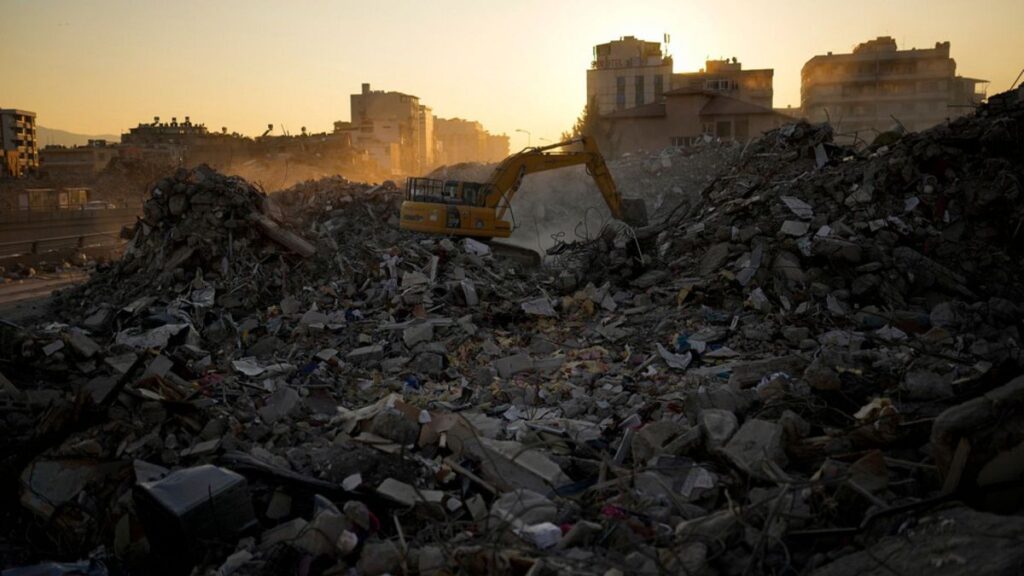
Google has admitted a significant failure in its Android Earthquake Alerts (AEA) system, which did not effectively warn the majority of users before the devastating earthquake that hit Turkey in February 2023. This earthquake resulted in over 55,000 deaths and more than 100,000 injuries.
Despite the capability to send high-level alerts to approximately 10 million people within 158 kilometers of the epicenter, only 469 “Take Action” alerts were dispatched prior to the initial 7.8 magnitude quake. This shortfall is particularly concerning as these alerts are designed to wake users and prompt immediate safety measures.
Instead, Google reported to the BBC that around 500,000 users received the less urgent “Be Aware” notifications, which are intended for light shaking and do not override a device’s Do Not Disturb setting. The system initially underestimated the quake’s severity, calculating the shaking at a mere 4.5 to 4.9 on the moment magnitude scale, far below the actual magnitude of 7.8.
System Limitations and Response
Google has acknowledged these shortcomings, stating, “We continue to improve the system based on what we learn in each earthquake.” The BBC’s investigation revealed that no users interviewed in the affected areas received the critical Take Action alert before the tremors.
The timing of the earthquake, at 4:17 am local time, meant most people were asleep in buildings that eventually collapsed. Initially, Google claimed the system had “performed well,” but later research published in the Science journal admitted to “limitations to the detection algorithms” that led to the system’s failure.
The second major earthquake that day was also underestimated, though it triggered more alerts—8,158 Take Action and nearly four million Be Aware notifications. Following the incident, Google revised its detection algorithms and ran a simulation of the first earthquake. The updated system, had it been operational at the time, would have sent 10 million Take Action alerts and an additional 67 million Be Aware notifications, according to the company.
Expert Opinions and Concerns
Experts have expressed serious concerns about the delay in releasing this information. Elizabeth Reddy, an assistant professor at the Colorado School of Mines, stated, “I’m really frustrated that it took so long. We’re not talking about a little event—people died—and we didn’t see a performance of this warning in the way we would like.”
The AEA system, which is available in 98 countries, operates independently of national governments and is managed directly by Google. It detects tremors through the movement of Android smartphones, which account for over 70% of mobile devices in Turkey. Google maintains that AEA is meant to supplement, not replace, national warning systems. However, scientists worry that some countries might become overly reliant on this technology.
“Would some places make the calculation that Google’s doing it, so we don’t have to?” asked Harold Tobin, director of the Pacific Northwest Seismic Network. “I think being very transparent about how well it works is absolutely critical.”
Looking Forward
The BBC has since inquired about the performance of the AEA system during the 2025 earthquake in Myanmar, but has yet to receive a response from Google. The situation highlights the ongoing challenges in developing reliable early warning systems for natural disasters.
As Google continues to refine its algorithms, the incident underscores the importance of transparency and collaboration between technology companies and national governments to ensure public safety. The implications of such technological failures are profound, as they can mean the difference between life and death in disaster scenarios.
Moving forward, the focus will be on how Google and similar companies can enhance their systems to provide timely and accurate alerts, thereby preventing future tragedies. The effectiveness of these systems will be closely monitored by both experts and the public, as the world grapples with the increasing frequency and intensity of natural disasters.






